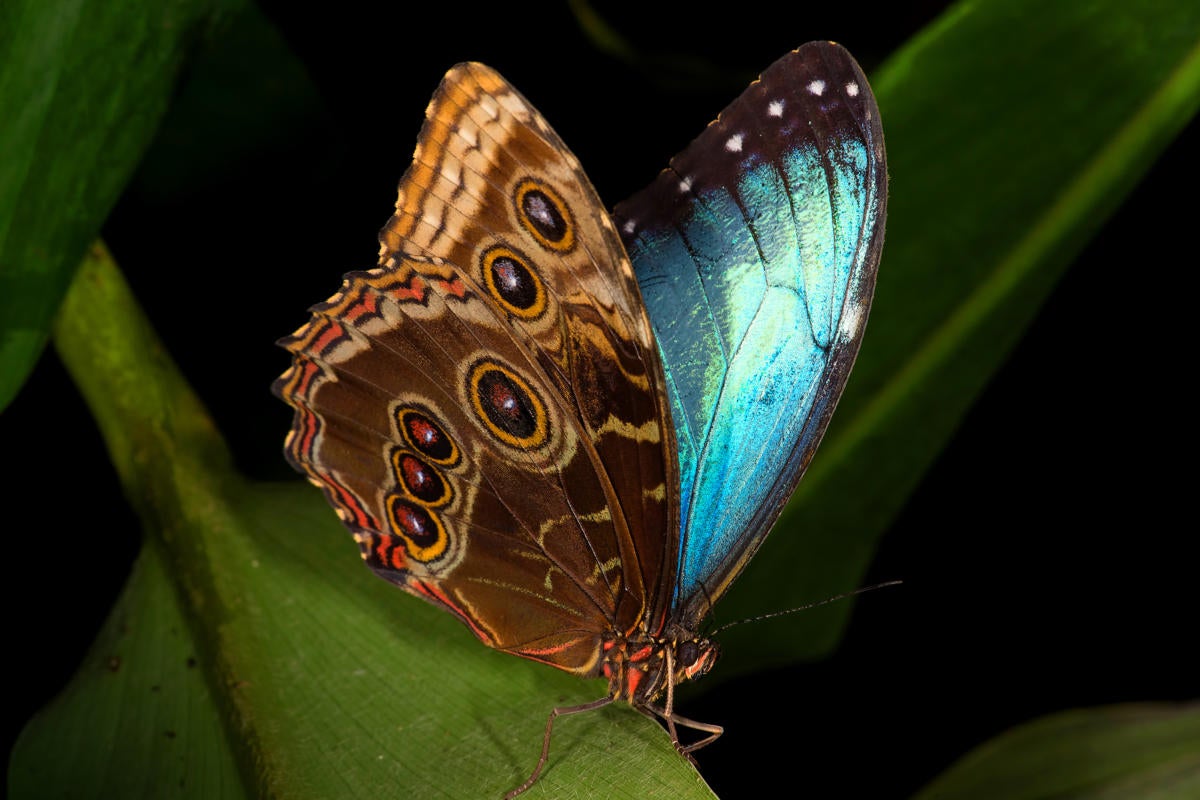Flutter 2.10, the latest version of Google’s open source framework for building natively compiled apps from a single codebase, has introduced stable support for Windows.
With Flutter 2.10, developers no longer need to flip a flag to get the functionality to produce Windows apps on the stable channel of Flutter. This functionality is now enabled by default. Microsoft’s signature operating platform thus gets production-ready release support in Flutter, alongside iOS and Android. MacOS and Linux desktop support are still in beta.
Flutter’s builders two years ago set out to expand Flutter from iOS and Android development to other platforms, including Windows and the web. Flutter-built Windows apps can talk Win32, COM, and Windows Runtime APIs, either through the Dart C interop layer or via a platform plugin written in C++.
Introduced February 3, Flutter 2.10 also provides integrations directly into Windows, including support for command-line arguments, accessibility, and globalized text entry. Flutter tool partners, meanwhile, have added Windows support via tools such as FlutterFlow, a low-code Flutter app design tool; MongoDB Realm, a local data store; and Syncfusion Flutter widgets.
Installation instructions for Flutter can be found at docs.flutter.dev. Other new features and improvements in Flutter 2.10:
- To improve performance, initial support has been added for dirty region management, with partial repaints enabled on iOS/Metal.
- Smoother keyboard animations are featured for iOS.
- 64-bit iOS architectures use compressed pointers to reduce memory usage.
- Flutter defaults to the latest version of Android.
- For web and desktop apps, edge-scrolling for text selection has been introduced. When the selection moves outside of the text field, the field scrolls to view the scroll extent.
- Flutter 2.10 begins a transition to Google’s Material 3 design system, which includes the ability to generate an entire color scheme from a single seed color. A ThemeDatauseMaterial3 flag code switches components to the Material 3 look. There also are 1,028 new material icons.
- Flutter DevTools now has capabilities such as improved support for inspecting large lists and maps in the debugger variables pane.
- The Visual Studio Code extension for Flutter has been improved, with enhancements such as more color previews in code and a color picker that updates code.






